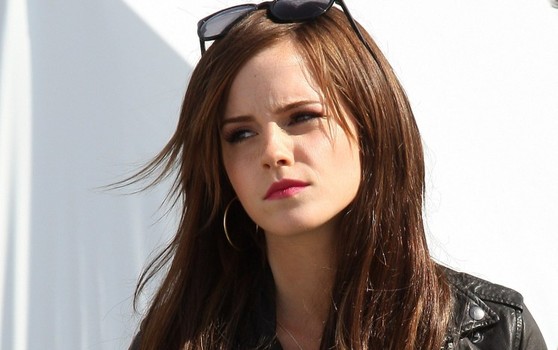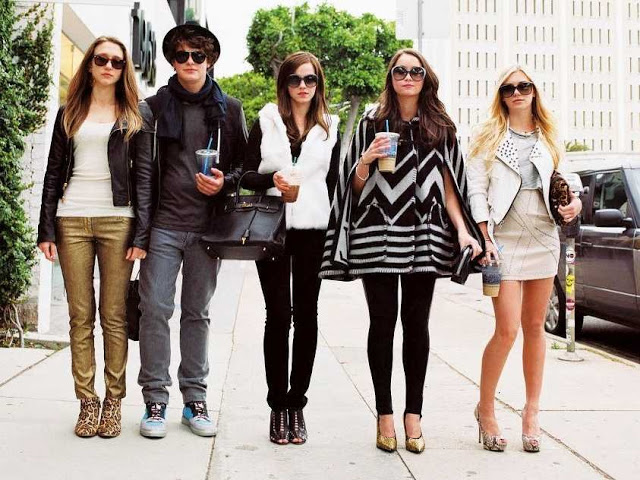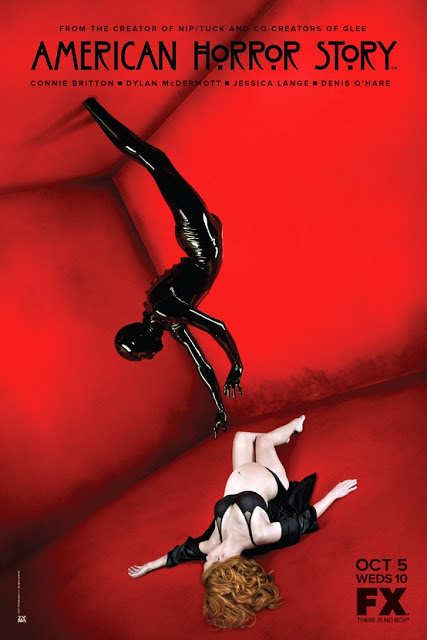 |
| Cast of The Bling Ring |
This is a guest review by Marcia Herring.
In discussions of Sofia Coppola, nepotism is a long-covered topic. Regardless of early exposure in her acting career, I have no doubt that Coppola has ultimately benefited from the privilege of being surrounded by famous company. Without Francis Ford or Roman or Jason Schwartzman or Kirsten Dunst or Nicolas Cage would we be discussing a film written and directed by Sofia Coppola? Possibly–she is quite talented–however, while discussing that talent, we cannot ignore the methods by which that talent is displayed to us.
The Bling Ring, Coppola’s fifth film, follows the story of a group of Hollywood teens, spoiled and bored, who commit a series of celebrity robberies. The piece credited for inspiring the film is “The Suspects Wore Louboutins” by Nancy Jo Sales (now expanded into a full truth-based novel bearing the same title as the film. We dive into the brightly-lit suburbs on the tails of Marc (Israel Brussard, Flipped), the awkward new kid in town. Of course, his dad is in “the biz,” so he’s no stranger to the celebrity-saturated culture in which he now finds himself. Marc attends the area’s remedial school–he’s been held back because of missing classes–and while the students may be having difficulty succeeding at traditional subjects like math, they appear to do really well in subjects like underage drinking, parties, fashion, and clueless parents.
 |
| Katie Chang as Rebecca in The Bling Ring |
Marc soon befriends aloof Rebecca (newcomer Katie Chang), and while the initial basis for their alliance seems to be rooted in traditionally queer-eye-for-the-straight-girl territory, the bond that develops goes deeper. At one point, Marc explains that his love for Rebecca is like a sister. One day, seemingly bored with their usual activities, Rebecca suggests that she and Marc commit a bit of robbery. The film lacks any but the barest suggestion of motive. Characters suggest that Rebecca is “obsessed” with these celebrities, that she wants to be them. What causes her to cross the line from coveting to claiming? Is it the hint of an unhappy home life, the incongruous image of the self compared to glossy magazines, the culture where becoming a celebrity is the highest honor (and a fully achievable one, given enough money, timing, and good clothes)?
Once the initial success wears off, and despite Marc’s jitters and (fully appropriate!) wariness at committing crimes, Rebecca is eager to try again, and to expand their crew. The rest of the “Bling Ring” is rounded out with Chloe (Claire Julien, another newcomer to film), Nicki (Emma Watson), and her adopted sister Sam (Taissa Farmiga, American Horror Story). Again, we don’t get much in the way of personality aside from Sam really liking leopard print, for example. The action quickly escalates, but in the slow, pondering way that only an indie film can truly manage. The group robs more celebs (Paris Hilton, Lindsay Lohan, Orlando Bloom); they party in stolen clothes, spend stolen money, and snort stolen coke. They brag to friends. They post on Facebook. They get cocky, and not even security camera footage and a news story can deter them.
 |
| Emma Watson as Nicki in The Bling Ring |
Of course, things come to an end. What had been an entertaining thrill ride dwindles out in courtroom sessions and talking heads. Whatever message Coppola seemed to strive for gets lost by the ending credits. After the film ended, I heard the girl seated in front of me ask her friend if the group was still in jail (sorry, is that a spoiler?). “I’m going to google Nicki,” she added, whipping out her phone. Perhaps that is the real question–how do we critique celebrity without adding to it; how do we ask questions in a way that might promote actual changes in attitude and behavior? These are questions, I think, that Coppola doesn’t have the answer to. There lies the conundrum: by telling this story, Coppola plays into the fame of the original “Bling Ring,” plays into our culture of voyeurism–not only do we want to watch celebrities, but we want to watch them get robbed. We want to sneak inside of their houses, watch their trials, and google them after watching fictionalized accounts of their lives. Of course, by telling this story, we also witness the factors that led to it.
Is it great to see a film written and directed by a woman, marketed as starring a woman, and led by a mostly-female cast do well in theaters? Abso-fucking-lutely. But no matter the highlights of The Bling Ring–the critique of excessive wealth, “sad white girl” culture, and the nature of celebrity–I cannot forget that Coppola is thriving off the very things she critiques.
 |
| Ladies of The Bling Ring |
Other than the name changes, the major difference between the cast of The Bling Ring and the original gang is whiteness. Katie Chang does a stand-up job as Rebecca, but it is now-grown Emma Watson (Harry Potter, The Perks of Being a Wallflower) who fills advertisements and trailers for the film. She is playing the kind of girl who many fantasize about: sexual, liberated, rich. Nearly the polar opposite of Hermione Granger. She’ll flash cleavage and take a turn on the stripper pole. She’ll sell tickets.
And sure, we’ll laugh at dim-witted Nicki when she declares that she wants to be famous and run a charity organization, or that this “situation” was given to her as an opportunity. We’ll laugh, and then we’ll hit google. Maybe we’ll even try to find out when Watson will be out of town so we can take an unauthorized tour of her place.
Marcia Herring is a writer from Missouri. She is still working on her graduate degree, has a day job in retail, and writes freelance for the Lesbrary. She spends most of her free time watching television and movies. She wrote an analysis of Degrassi, Teens and Rape Apologism, contributed a review of X-Men First Class, V/H/S, and reviewed Atonement, Imagine Me & You and The Yellow Wallpaper for Bitch Flicks.


